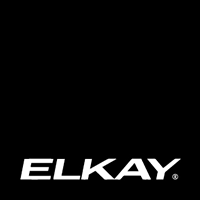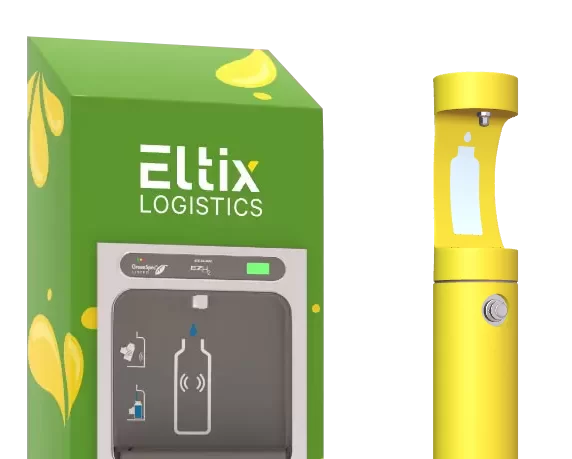The Covid-19 pandemic has ushered in what most people are now referring to as a ‘new normal’. A normality where we’re all hyper-aware of hygiene and cleanliness. Where standing too close to another person is considered far beyond rude. And where shared facilities can be a cause for anxiety rather than viewed as a convenience. This latter point raises several difficulties for employers.
As a business owner, there are certain basic amenities that you’re legally obliged to provide for your colleagues. Access to drinking water being one of them. How do you do that without creating a potential contamination point? With contactless water dispensers.










